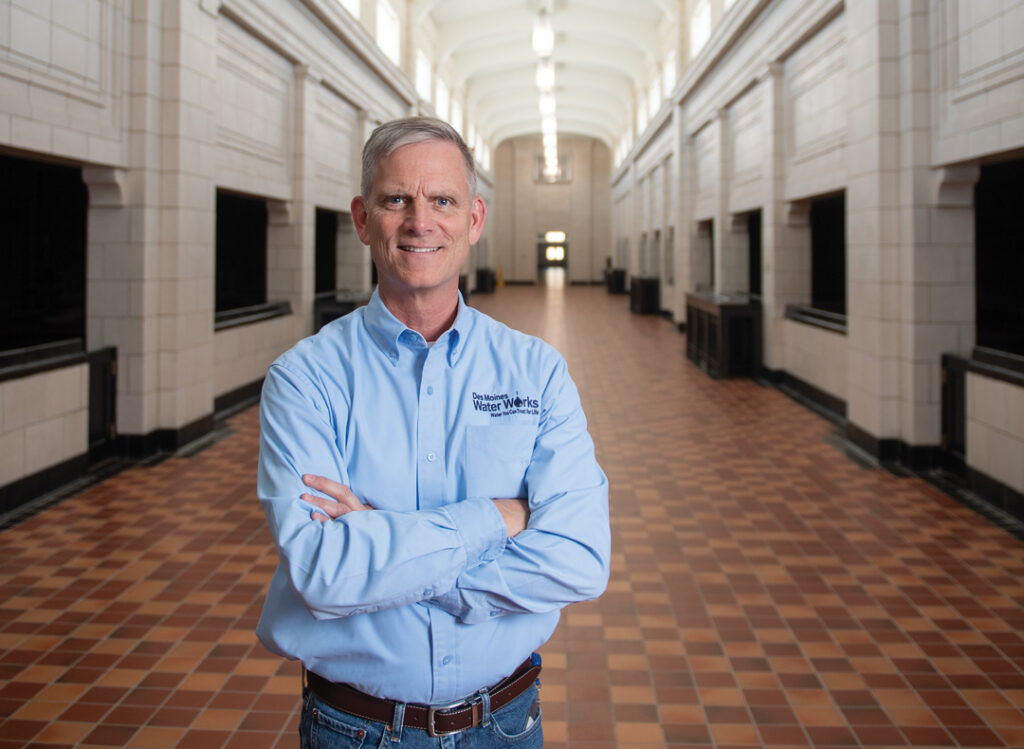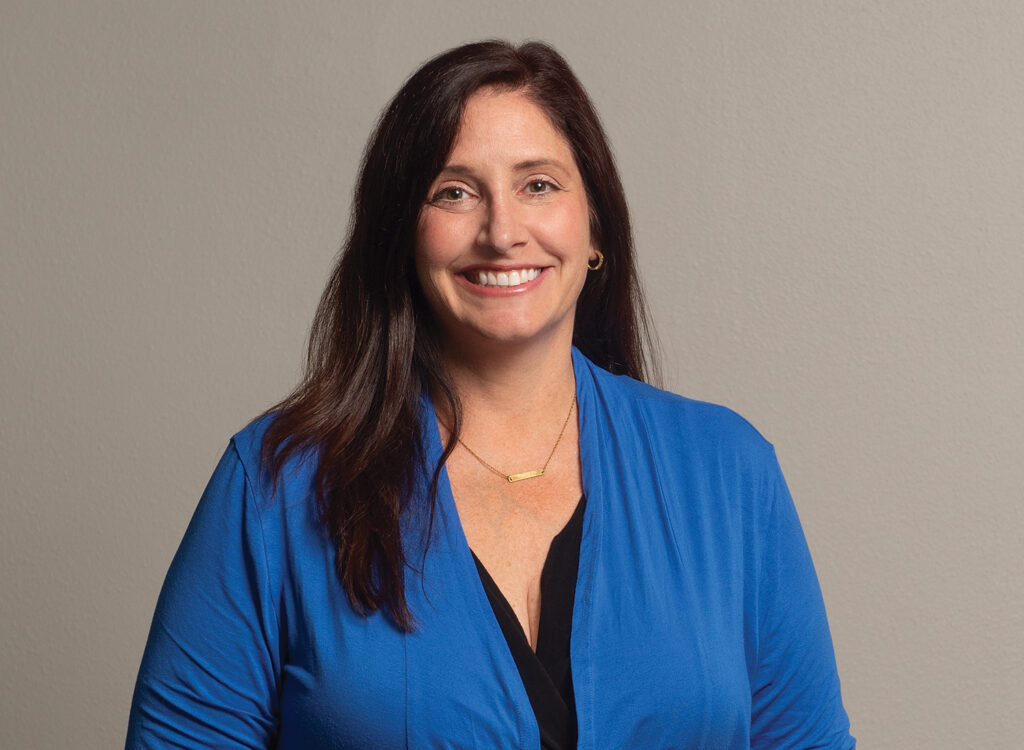Metronet hopes to make Iowa its ‘darling’ with foothold in Des Moines metro

Joe Fisher Dec 15, 2022 | 2:36 pm
3 min read time
697 wordsBusiness Record Insider, Innovation and Entrepreneurship, Opinion
Underground and aerial fiber-optic cable construction is sweeping through the Des Moines metro area as Metronet expands its reach.
Metronet has grown rapidly since its beginnings in 2005. It is aggressively constructing its latest network across Des Moines and adjoining communities while launching new projects across Iowa.
Craig Zimmerman, Metronet’s west Iowa market lead, is a Des Moines native currently living in Urbandale. While he watches neighborhoods light up for service he becomes more encouraged about what the provider can bring to the table for residents and businesses alike.
“I’m hoping for Iowa to be the darling of Metronet,” he said. “We’ve been well received by cities as partners. We can replicate that throughout more cities in Iowa.”
The company launched its first fiber network in Greencastle, Ind., in 2005. It has since expanded to 16 states and more than 250 communities.
The COVID-19 pandemic presented challenges across almost every industry. It was also a critical juncture bringing to light the real need and demand for reliable communication services.
Fiber-optic communication cable is capable of delivering data at much faster speeds than coaxial or copper, while also being more reliable, Zimmerman said.
In the last five years, particularly since the pandemic, Metronet’s growth has ramped up significantly, with many communities realizing fiber is the best way to bring high-speed communication to town, Zimmerman said.
Des Moines metro communities were quick to jump on board. Construction of Metronet’s network began in 2021 and the first customers were brought online in September. The active network will continue to grow as neighborhoods and smaller areas are completed. The Des Moines city build is projected to finish by year’s end in 2024.
Metronet’s fiber is installed directly to the building.
“Bandwidth is king,” Zimmerman said. “We have a lot of bandwidth options. Everything is dependent on what their need and value is. We’ve got extremely competitive options.”
When a business signs up for Metronet service, they are given a service-level agreement which outlines what potential downtimes would look like. Typically fiber repairs can be done very quickly. If a fiber needs to be intentionally taken offline for a short period of time, technicians will often perform these duties at night or outside of peak usage hours, Zimmerman said.
Metronet handles most installation and repair duties internally. In the case that there was a larger event, such as a storm that causes widespread damage to the network, Zimmerman said the company also works with contractors to get back online more quickly.
“It’s a numbers game,” he said. “We probably couldn’t hire enough people to get the things done as fast as we’d like to.”
To that effect, Metronet is currently hiring across several disciplines within the company for Des Moines and the surrounding area. Construction, fiber technicians, residential and business sales, government education, medical sales, community development, engagement, and customer service professionals are all needed to strengthen its foothold in Central Iowa.
“We’re not only being a good partner by bringing this technology,” Zimmerman said. “We’re also being a good corporate citizen and business within the city by bringing employment opportunities.”
Metronet is also bringing fiber to Bettendorf, Davenport, Iowa City, Mason City and Waterloo. Davenport and Ames were the first cities in Iowa with Metronet fiber service. Fiber for rural customers is often quickly installed with aerial cable.
The decision between aerial and underground installation varies by the needs of the community. Many new developments opt for underground cable, eliminating visual pollution and limiting the risk of damage from falling tree limbs. The main way underground cable is damaged is typically from unrelated construction, such as another underground service accidentally hitting the cable.
Aerial cable can be installed with fewer hoops to jump through if poles and overhead cables are already present.
Even after current construction plans conclude in 2024, Zimmerman said the company intends to expand as the city grows.
“This next year may be slowed a little bit because of shipping costs and other economic variables,” he said. “But we’re definitely going to be growing. I’ve been really proud and pleased to see how far we’ve gotten with our growth.”
Joe Fisher is a freelance contributing writer.









